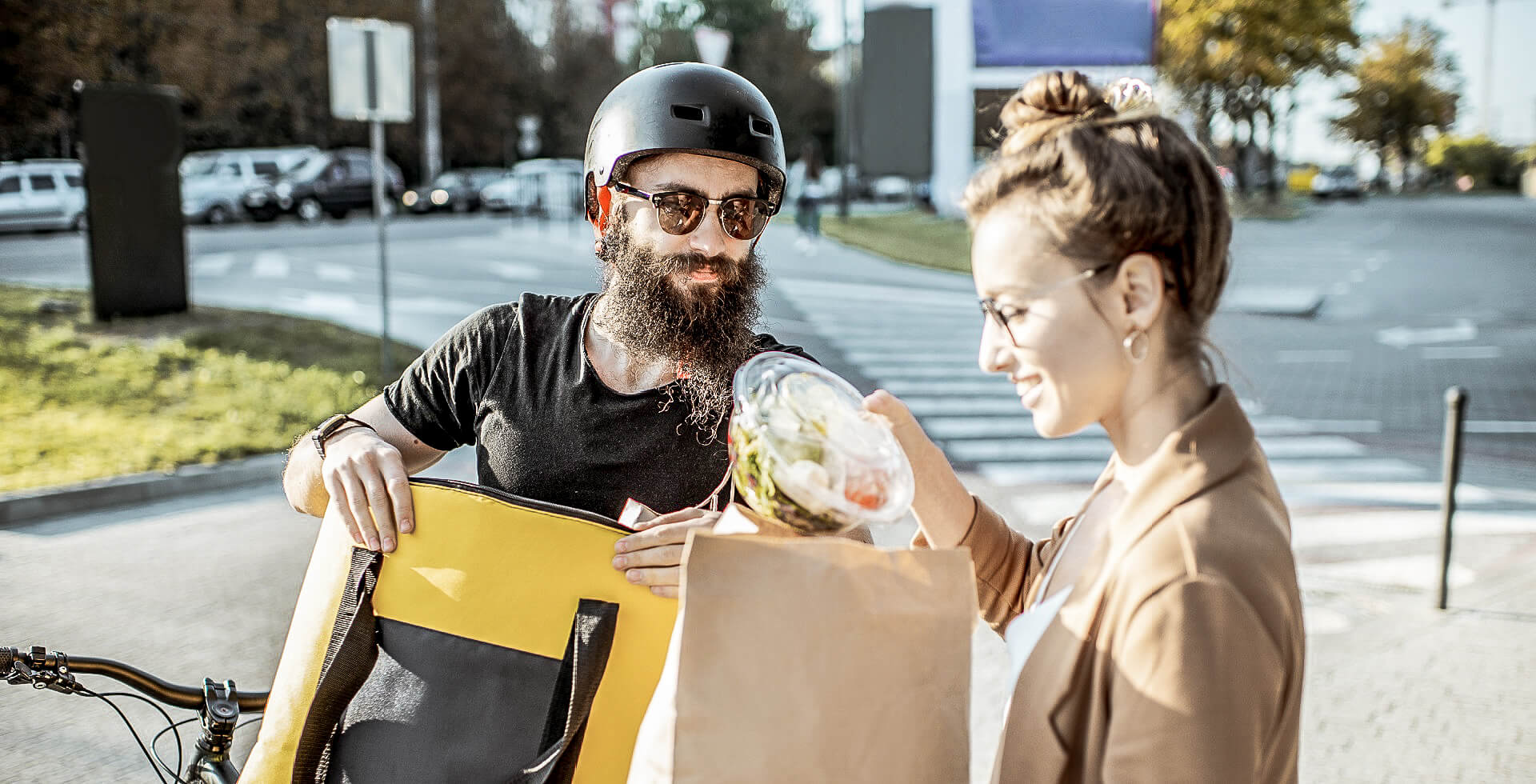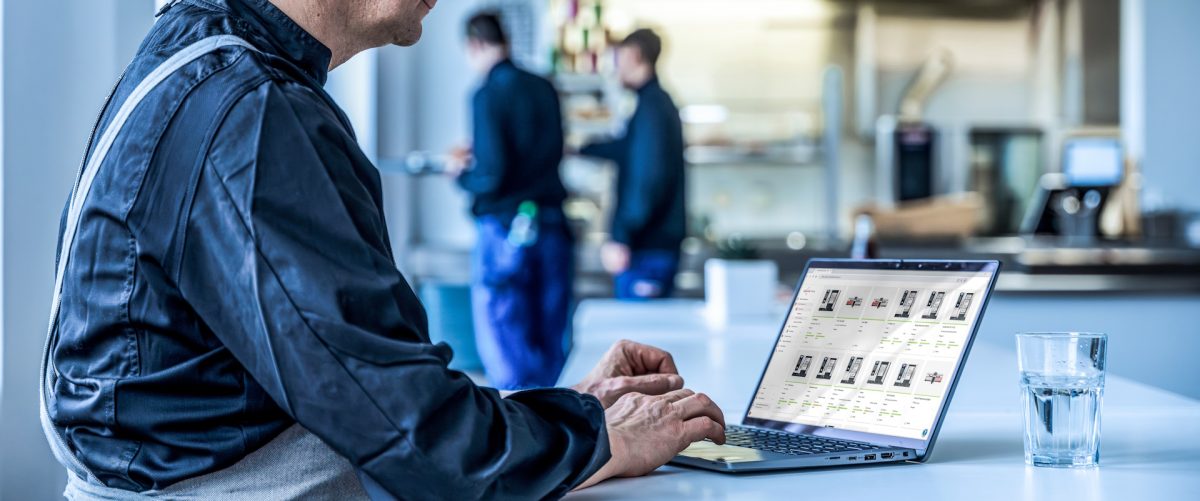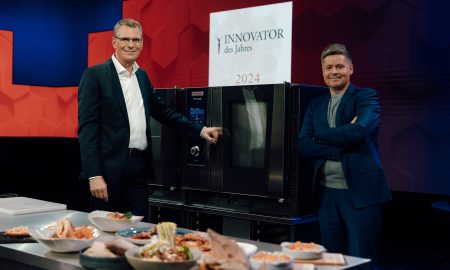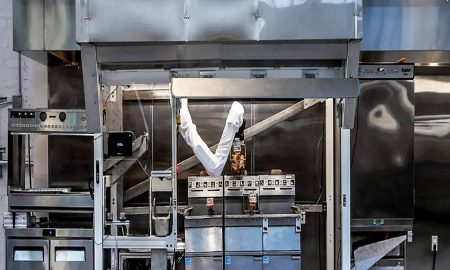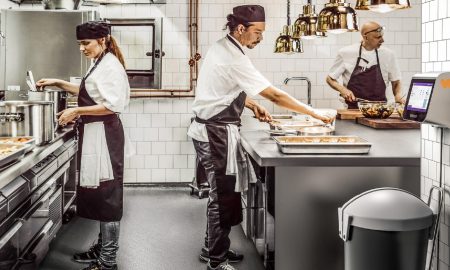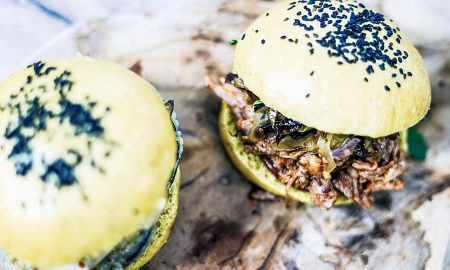First things first: what is a flywheel and what does it mean for the foodservice industry and in particular for the delivery business? Management guru Jim Collins came up with the ‘flywheel theory’ in his 2001 book Good to Great.
“Picture a huge, heavy flywheel – a massive metal disk mounted horizontally on an axle, about 30 feet in diameter, two feet thick, and weighing about 5,000 pounds. Now imagine that your task is to get the flywheel rotating on the axle as fast and as long as possible. Pushing with great effort, you get the flywheel to inch forward, moving almost imperceptibly at first.
You keep pushing and, after two or three hours of persistent effort, you get the flywheel to complete one entire turn. You keep pushing, and the flywheel begins to move a bit faster, and with continued great effort, you move it around a second rotation. You keep pushing in a consistent direction. Three turns … four … five … six … twenty … thirty … fifty …. A hundred. Then at some point, breakthrough! The momentum of the thing kicks in in your favor, hurling the flywheel forward, turn after turn… The huge heavy disk flies forward with almost unstoppable momentum”.
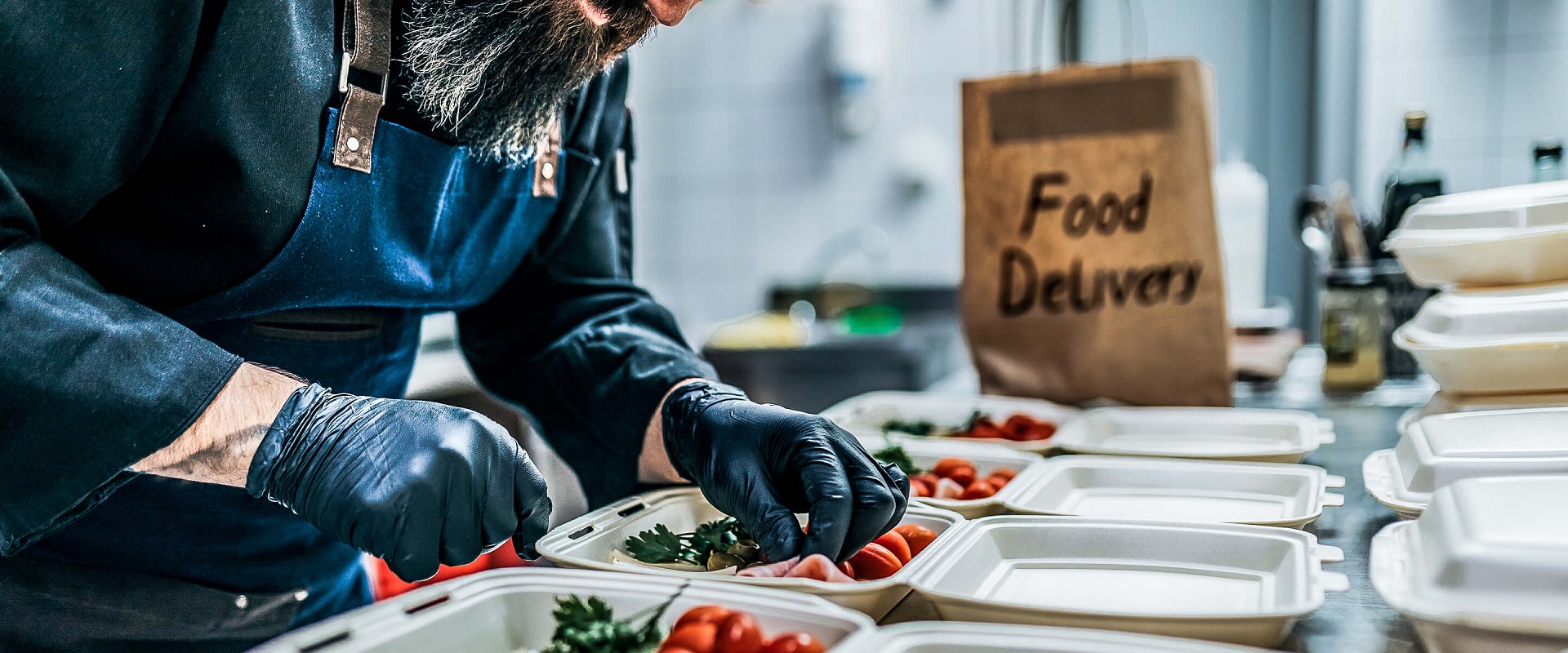
Image: AdobeStock | hedgehog94
Applying this to business, in this case the food delivery business, it means you strive to get more customers to get more money, which means you can spend more on marketing, etc., to get more customers. But, as we are currently seeing, starting such a supposed “sure-fire success” is incredibly hard.
The delivery flywheel
Peter Backman, foodservice and delivery consultant and analyst and says: “The idea has been taken up by a number of delivery companies when they’re marketing themselves to investors. They say: ‘Our model is based on working very hard in the early stages (where we don’t make any money and in fact need loads of investment) there then comes a moment where everything comes to life and the money flows in.’ Different companies have different ways of saying where the money comes in.”
The way different companies work this model is demonstrated in issue 9 of Backman’s newsletter theDelivery.World. “Collins doesn’t invoke the flywheel to explain how revenues per se can grow,” says Backman, “but delivery companies do use the flywheel for that explanation.”

Image: Peter Backman
Food Delivery businesses struggle in becoming profitable
There is discussion about whether the various food delivery businesses are profitable. Backman notes: “None [of the delivery companies] talk about profit, they just talk about sales. If your fundamental business model is built on something that doesn’t include profit, you won’t make a profit. DoorDash are profitable on a quarter-by-quarter basis on an EBITDA level (not accounting for financing costs) and the investment community seems to be fairly comfortable with it. Just Eat claimed to be profitable last quarter. Everybody else, as far as I can see, isn’t.”
Delivery is giving the customer what they want
Delivery is now an accepted and expected part of modern life. It was already gathering momentum before the pandemic made it explode everywhere – that is everywhere within a certain density of population.
“Delivery is part of life because customers want it, they pay quite a lot of money for it, but there is a demand from customers Delivery companies need to do it. The initial motivation was a business opportunity to grow and make money by capturing the order. Just Eat started by signing up restaurants and saying we will get the orders on our platform and pass them on to you. You, the restaurant, will be responsible for getting them to the customer,” says Backman.
ROI is still pending
“Investors are in it because they have been sold on the idea that it’s a tech business. Tech to capture the order, tech to communicate to the restaurant, tech to communicate to the rider where and when he or she can pick it up and where to deliver it and tech to let the customer know it’s on its way. Technology is an integral part of the business, and the delivery companies sell themselves to the investment community as a tech investment. That’s why crazy sums of money have been pouring into the industry because the delivery companies have said we’ve got this flywheel working, it’s not working properly yet, but with a bit more of your money it will. The thinking at the moment is, one more heave and we’re there.”
Sieh dir diesen Beitrag auf Instagram an
Dissecting the delivery model
If one more heave doesn’t generate the expected cashflow how can delivery companies position themselves to profitable businesses? Pizza outlets such as Papa John’s, Pizza Hut and Domino’s Pizza have been in the delivery business for many years, but it is integrated into the business. They may lose money on delivery, but that loss is made up with everything else.
As Backman points out: “The delivery model separates out the delivery from everything else. Foodservice is low margin business and to have a big clomping company that wants 30% of your additional sales for itself and you’re not making money.”
Ideas to make the delivery business profitable
One of Backman’s radical ideas that delivery could take is to create a separate company of delivery riders. “You could get all the riders together, set up a company and call it Rider Ltd for example. All the riders are employed by this company and fed out to the delivery companies so each delivery company doesn’t have to worry about its rider force, that’s taken care of by another company employing tens of thousands of people and they can become a proper employment service. That is one way for costs to be reduced,” he says.
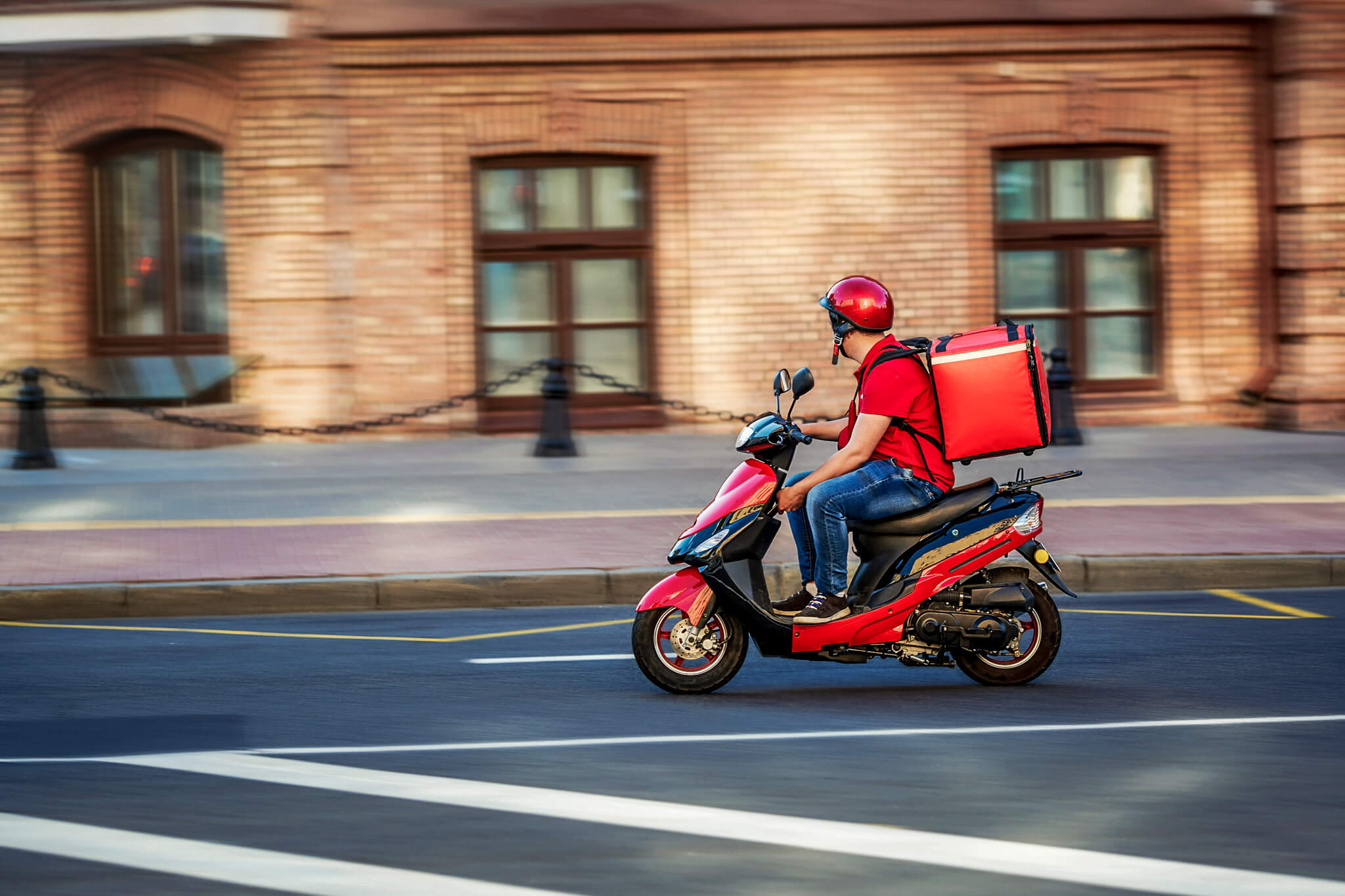
Image: AdobeStock | Tricky Shark
Other tweaks could be the business delivery market. That is delivering orders to a workplace. “It could be an offer curated by employer with a delivery company,” says Backman. At a time of hybrid working between home and office this idea could replace the contract caterer.
“Meal kits are another tweak,” says Backman. “They may need to be ordered a couple of days beforehand and you need to prepare and cook them yourself. I see them as a hybrid between delivery and a ready meal, but they’re usually very high quality and not competing with Deliveroo.”
Albeit currently facing profitability problems, and while the flywheel is not taking off already, it looks as if delivery is here to stay, for now. Most users are in their twenties and the convenience of having food delivered to the doorstep is something they are prepared to pay for. Payday will come when delivery companies dominate their market and then can lift prices and reduce costs.


